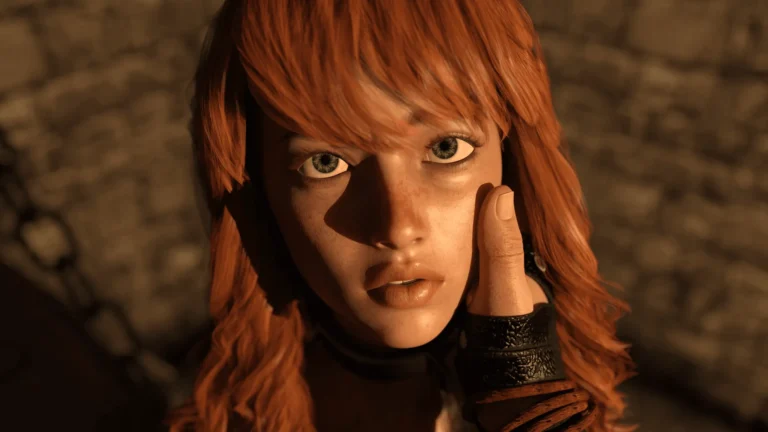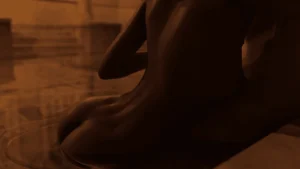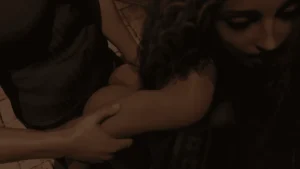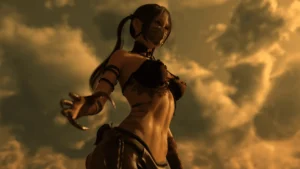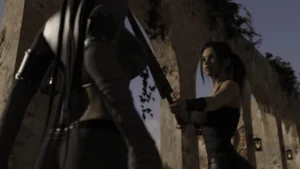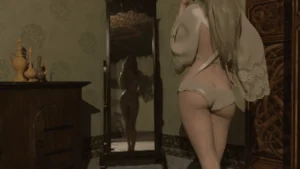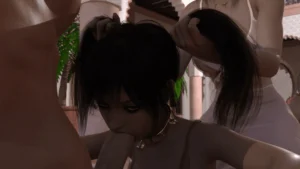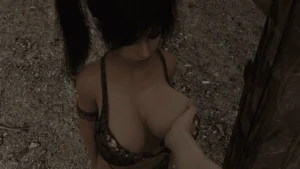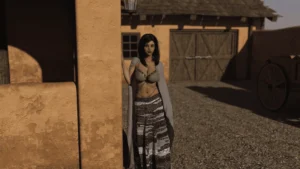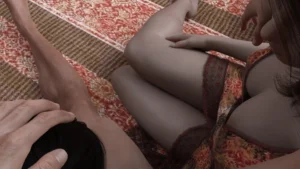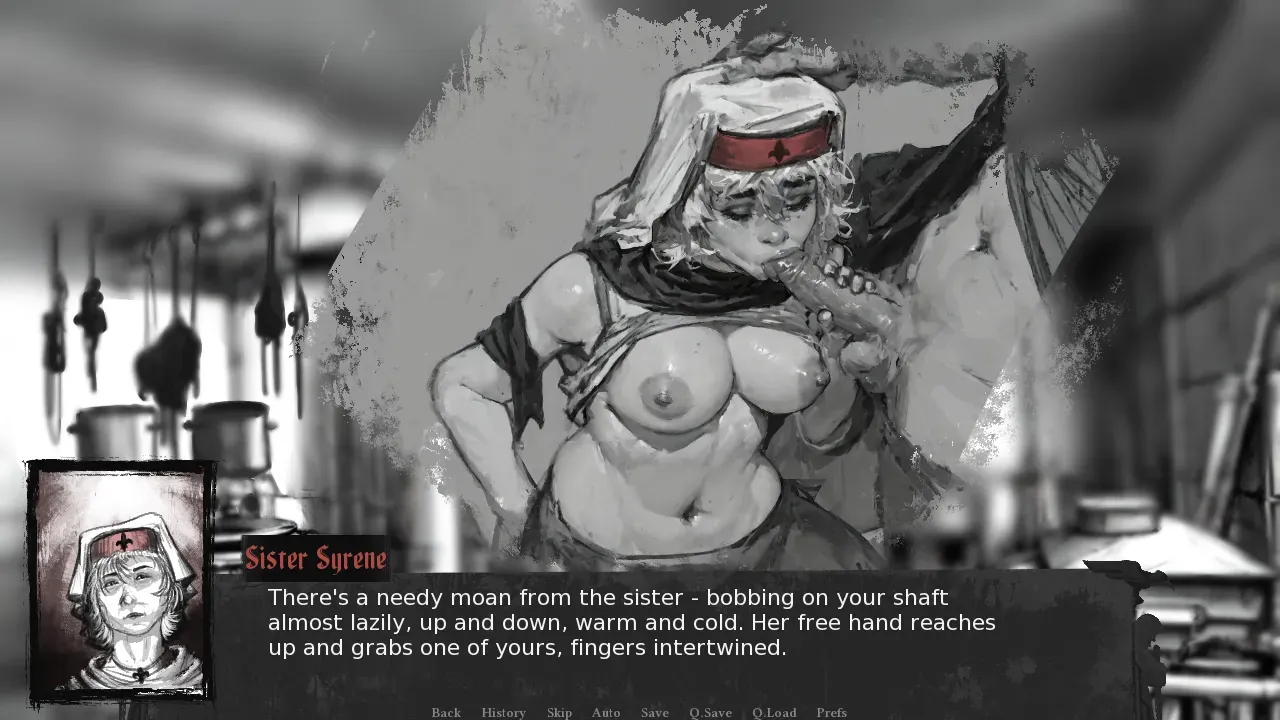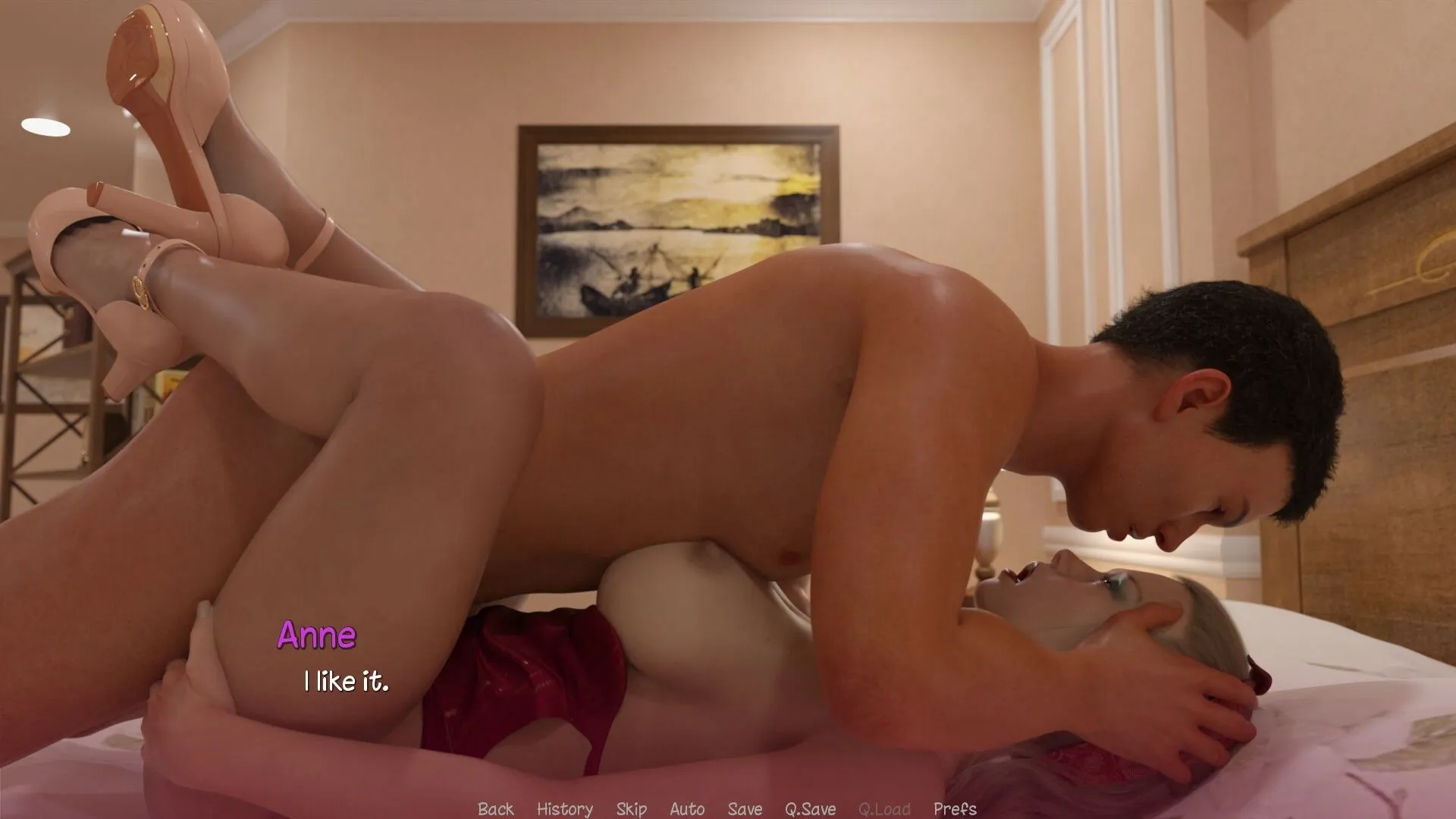
Desert Stalker
Play Desert Stalker
Desert Stalker review
A deep dive into the story, characters, and gameplay
Desert Stalker is a unique adult visual novel set in a post-apocalyptic world where players take on the role of a family man navigating a dangerous landscape filled with factions, mysteries, and complex relationships. The game blends exploration, decision-making, and adult themes, offering a sandbox experience that keeps players engaged. With its immersive atmosphere, detailed character interactions, and branching storylines, Desert Stalker stands out in the genre. Whether you’re drawn to its narrative depth or its mature content, this article will guide you through what makes the game special and how to get the most out of your playthrough.
What Makes Desert Stalker Unique?
You know that feeling when you play a game and it just clicks? When the world feels alive, the characters matter, and your decisions actually carry weight? That’s the unique magic of Desert Stalker. It’s not just another post-apocalyptic survival game; it’s a deeply personal journey where every choice etches a new line in the sand. 🏜️
I remember starting my first playthrough, thinking I had a simple goal: survive. But I quickly learned that in this world, survival is deeply intertwined with the lives of everyone you meet. The Desert Stalker gameplay isn’t just about managing resources—it’s about managing relationships, morals, and the consequences of your actions in a breathtaking, yet brutal, landscape.
### Gameplay and World Design
The heart of the Desert Stalker gameplay is its masterful sandbox design. Unlike linear games that funnel you from point A to point B, this world feels truly open. You’re free to explore the vast, sun-bleached dunes, derelict settlements, and hidden oases at your own pace. The Desert Stalker world design is a character in itself—a silent, imposing presence that rewards the curious and punishes the reckless.
What makes it so engaging is how you interact with this environment. It’s not just a pretty backdrop. You’ll scavenge for parts to upgrade your gear, track creatures for resources, and navigate environmental hazards that can change in an instant. A sandstorm isn’t just a visual effect; it’s a genuine threat that will force you to seek shelter and rethink your route. This level of immersion is central to the Desert Stalker sandbox experience.
To give you a clearer picture of how it stands out, let’s look at how its core features compare to other narrative-driven games in its category.
| Feature | Desert Stalker | Typical Adult Visual Novel |
|---|---|---|
| World Interaction | Open-world exploration with dynamic events and survival mechanics | Mostly static backgrounds with point-and-click navigation |
| Quest System | Branching main and side quests that impact the world state | Linear or minimally branching story paths |
| Player Agency | Deep, morally complex choices with long-term narrative consequences | Choices often lead to short-term scene variations or different endings |
My best piece of advice? Don’t rush. The most memorable moments I’ve had weren’t during the main quests, but when I got sidetracked exploring a forgotten canyon or helping a stranger I stumbled upon. The world is packed with secrets. 👣
### Story and Character Development
The Desert Stalker story is a raw, emotional tale of protection, survival, and the difficult choices one makes for family. You play as a stalker, a skilled survivor tasked with safeguarding your loved ones in a world that has forgotten compassion. The narrative doesn’t spoon-feed you a hero’s journey; instead, it presents a gritty reality where the line between right and wrong is blurred by necessity.
Where the game truly shines is in its handling of the Desert Stalker characters. They are not mere quest-givers or set pieces. They have their own fears, desires, and evolving opinions of you. Your actions directly shape these relationships. Help a settlement defend itself from raiders, and you’ll be welcomed as a hero. Make a selfish decision to hoard resources, and you’ll see trust erode in the eyes of those who depend on you. The development feels earned and authentic.
Pro Tip: Talk to everyone, and talk to them often. Their dialogue changes based on your reputation and recent events, offering new insights and potential quests.
Let me give you an example from my own playthrough that perfectly illustrates the weight of the Desert Stalker choices. I encountered a side quest, “The Last Medicine,” where I found a single dose of a critical antibiotic. I had two options: use it to save a beloved, but elderly, member of my own community, or give it to a sick child from a rival faction to foster a fragile peace.
- Choice A (Save the Elder): My community’s morale received a significant boost, making them more productive and loyal. However, the rival faction became openly hostile, leading to ambushes later in the game.
- Choice B (Save the Child): I secured a tentative trade alliance with the rivals, granting access to rare resources. But my own community questioned my priorities, and some members’ trust in my leadership permanently decreased.
There was no “correct” answer, only consequences. This is the core of the Desert Stalker story—your decisions create a narrative that is uniquely yours. 😥
### Adult Content and Player Choices
This is a topic that deserves a thoughtful discussion. The Desert Stalker adult content is a defining, and often misunderstood, aspect of the game. It is not gratuitous. Instead, it is intricately woven into the narrative and the game’s central themes of desire, vulnerability, and human connection in a broken world.
The game handles mature themes with a surprising amount of nuance. Romantic and intimate encounters are almost always the result of built-up trust and meaningful Desert Stalker choices. You can’t simply click a dialogue option to trigger a scene; you have to invest time in a character, understand their needs, and make choices that align with building a genuine relationship. It feels like a natural progression of the bond you’ve formed, rather than a reward to be unlocked.
The impact of these Desert Stalker choices is profound. Pursuing a relationship with one character might close off a potential alliance with another. An intimate moment can be a source of comfort and strength for both characters, directly influencing their survival mindset and your effectiveness as a team. The game boldly explores how love, lust, and loyalty intersect in a high-stakes environment.
For instance, deciding to share a vulnerable moment with a companion during a quiet night at camp can lead to a deep conversation the next morning, unlocking new personal quests and altering how that character supports you in future conflicts. Conversely, neglecting these emotional connections can lead to isolation and a much lonelier, more difficult journey.
Ultimately, what makes Desert Stalker unique is its fearless commitment to a cohesive vision. The Desert Stalker gameplay, the gripping Desert Stalker story, the deeply flawed and human Desert Stalker characters, and the integral Desert Stalker adult content are not separate components. They are threads in a single, intricate tapestry. Your Desert Stalker choices in the open sandbox determine the final picture, making each playthrough a personal and unforgettable story of survival. ✨
Desert Stalker offers a rich, immersive experience that combines a compelling story, dynamic characters, and meaningful choices. Its unique blend of exploration, adult themes, and narrative depth sets it apart from other games in the genre. Whether you’re interested in the game’s world, its characters, or the impact of your decisions, Desert Stalker provides a memorable journey through a post-apocalyptic landscape. Dive in and discover what makes this game a standout in the adult visual novel space.
